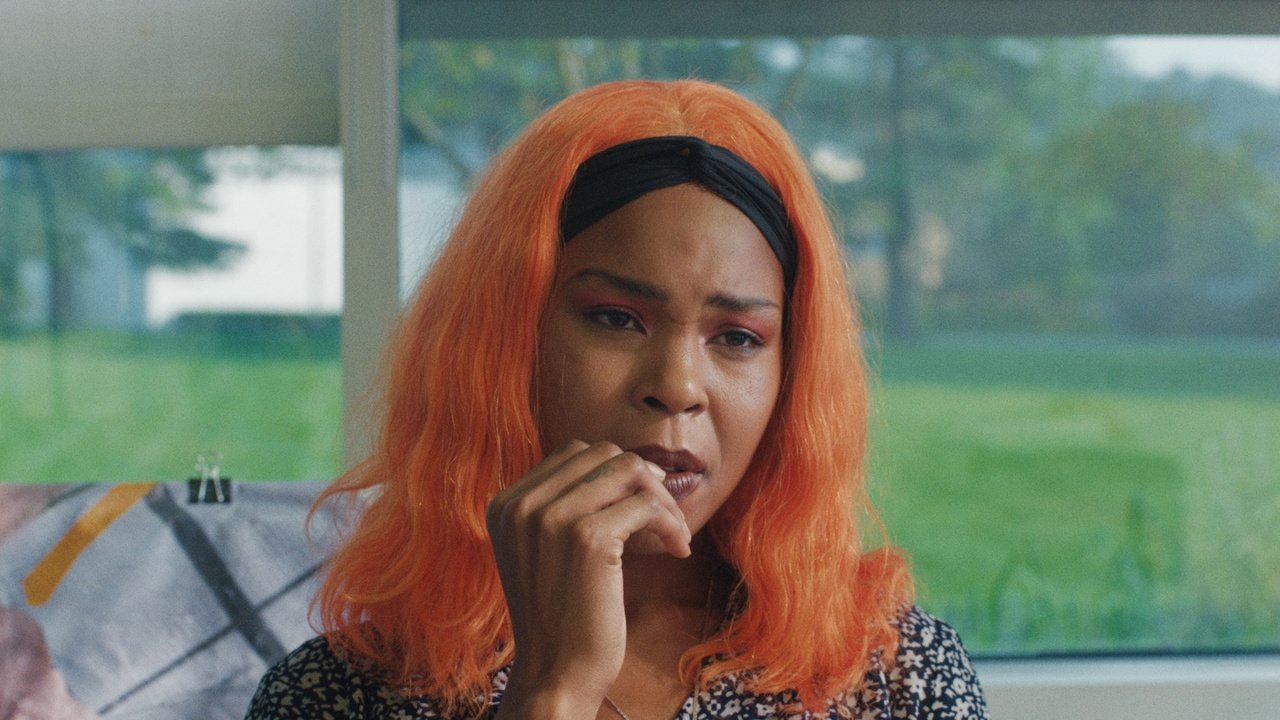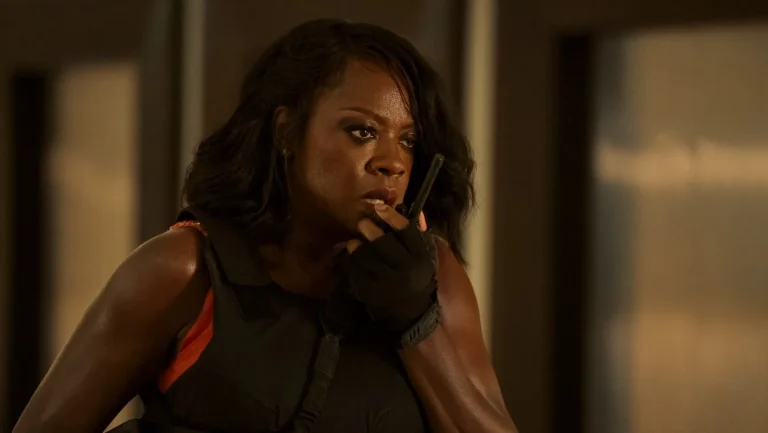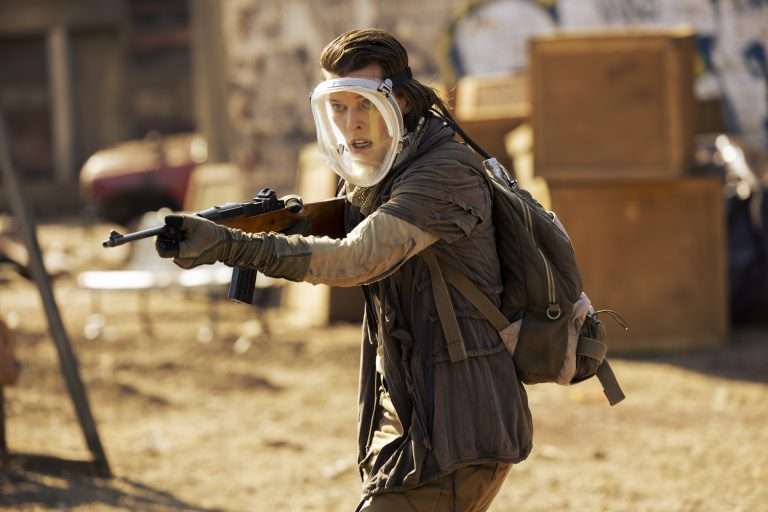Indie film projects have a history of delving into young adult struggles with career prospects and general disillusionment with societal norms and standards. From Joe Swanberg to Linklater to Noah Baumbach, each has tried his hand at it and got varied reception, ranging from great to moderate to no success. The dialogue-heavy chunks are especially challenging to hold onto, with stale and stilted writing often dominating the more mediocre ones. There are rare stories that employ a freshness in content and a unique approach to narrative. Some become cultural icons like Linklater’s Dazed and Confused or Baumbach’s Frances Ha, while others languish in anonymity. The African Desperate, directed by debutante Martine Syms, works in parts. The dialogues are sharp and witty, the characters feel real and lived-in, and the tone remains consistent.
It follows the final day of an MFA student, Palace, in the city campus before she returns to her home in Chicago. There is a typical assortment of college life – drugs, sex, weird friends, gossip, and long discussions regarding commodification, capitalism, and artistic purpose. The visual grammar of the movie has several stylistic innovations, like the cropped-up frame of faces in close-ups on video calls. Or the snorricam sequence of Palace fooling around in Liam’s home. It excels in capturing the day-to-day conversations of the students, especially the half-sentences and art world jargon-heavy discussions, which usually end up nowhere.
But the movie meanders a bit in the middle portions, most notably at the graduation party. As an audience, we know that a psychedelic sequence will follow, and Syms, unfortunately, adds nothing new to the existing grammar. The movie employs jarring jump-cuts mid-convo, which works to some extent, but the proceedings never gain any weight other than their pretentious intellectual blabber. The abundant strobe lighting and the misty emissions from bodies (reminiscent of Noe’s “Enter the Void”) feel fabricated and artificial. The unpredictability of Palace, acted superbly by Diamond Stingily, adds vitality to the otherwise banal party running short on ideas.
The soundtrack, composed by Ben Babbit, Colin Self, and Aunt sister, is the best thing in the movie. It pulsates with youthful energy. Punk rock, pop music, and EDM roar in the background, reflecting the manic frenzy of the milieu. The characters surrounding Palace, from her flatmate Hannah to Aidan to Liam, sound authentic and natural. There is a sense of momentary clarity combined with eternal confusion about themselves, and this contradiction plays well throughout the movie.
Various intermittent relationships are also well constructed. Palace’s opening review sequence deserves a special mention for its precise commentary. The exchanged glances between the teachers add to the general restlessness of the atmosphere. Palace, desperate to get it over with, tries her best to emerge out of this battle unscathed. She’s indecisive about the party and gets eventually coaxed into attending. Meanwhile, she attempts to gain an audience for her channel through some outlandish make-up advice, an indictment of our cultural obsession with fame and looks.
There is a bit of similarity in the premise of The African Desperate to “Dazed and Confused” as it captures the course of events in a single day. It follows a similar path of walk-and-talk style, which made Linklater such a success in the independent scene. But unlike his movies, Syms gets involved in over-indulgence, just like Palace. She tries to fit in too many ideas in one extended party, which makes it a bit dull. The part where she leaves for home is also overplayed, with a man condemning a white woman for racism playing in the background. The complexities of being a young adult facing up to the challenges of the world are palpable and do not need further illustration. But Syms makes sure we get them with her on-the-nose commentary.
The camera alternates between a subjective and objective viewpoint. Sometimes we get inside her head, like her self-obsessed carnival at Liam’s. Other times we see her from afar when she is involved in discussions. The theme of art-world pretensions and the futile ramblings of drug-addled young minds runs through every scene. Overall, the energy with which the movie starts dwindles midway through the journey. Maybe if the content matter was more solid, it could have sustained for hundred minutes. But the day begins to feel stretched once it has made its point.
Since the characters are so well written and the observations so acute, it’s sad that it cannot rise above the standard indie fare. The funky music and visual flair can only carry it this far. The latter half of the journey is nauseating for both Palace and the viewers. But it’s still worth watching for some sporadic specs of brilliance. A ray of hope for the next time we see Syms in action.






![Le Samourai [1967] – Style over substance is not always bad, if you focus on the details](https://79468c92.delivery.rocketcdn.me/wp-content/uploads/2021/03/Le-Samourai-1-highonfilms-768x432.png)
